Art Deco in ceramics
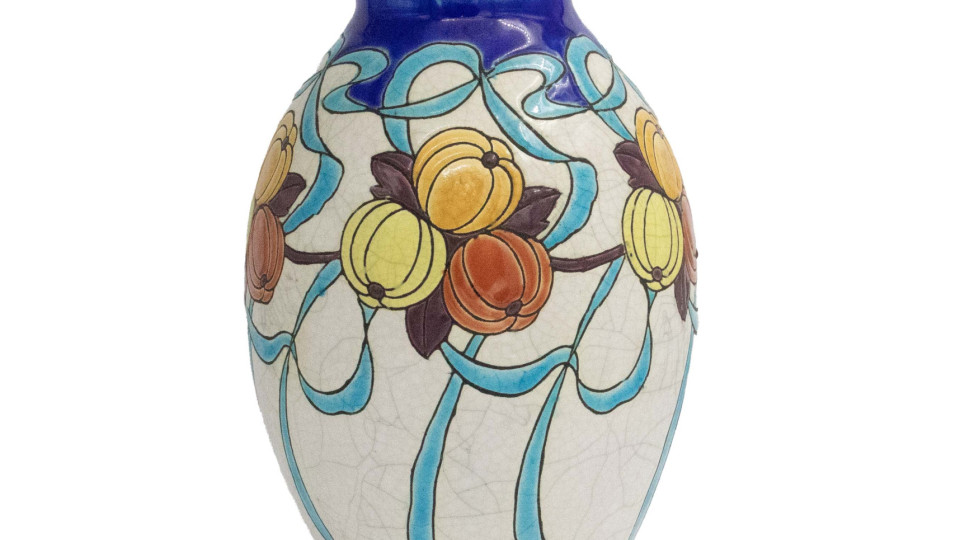
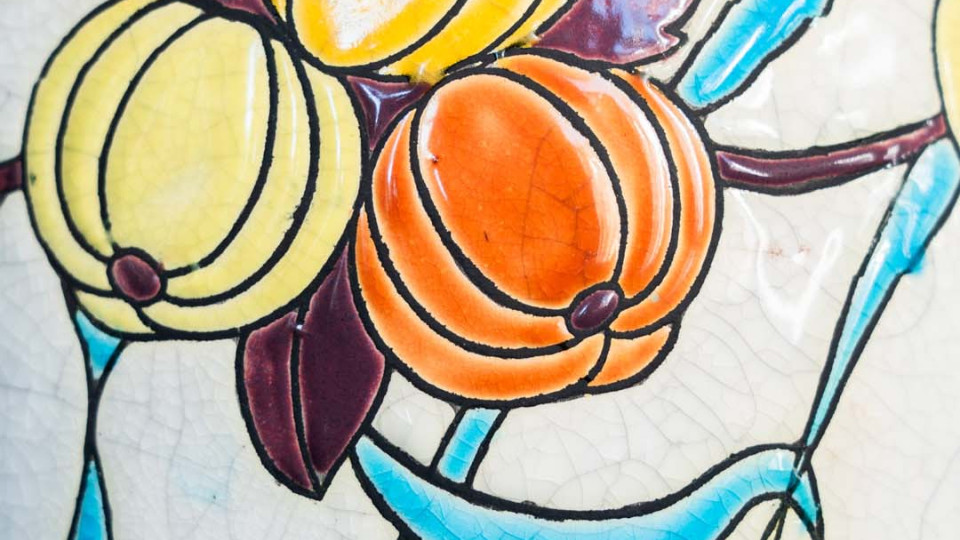
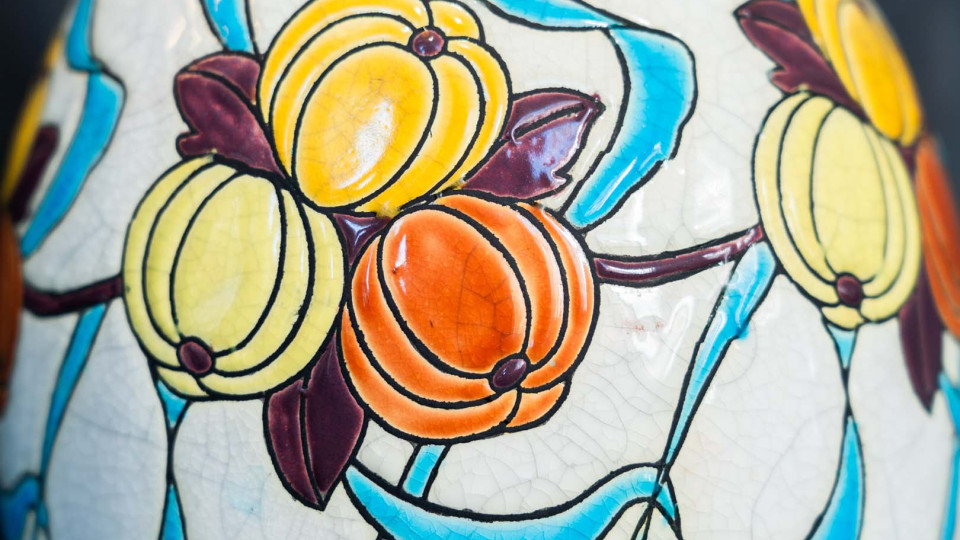
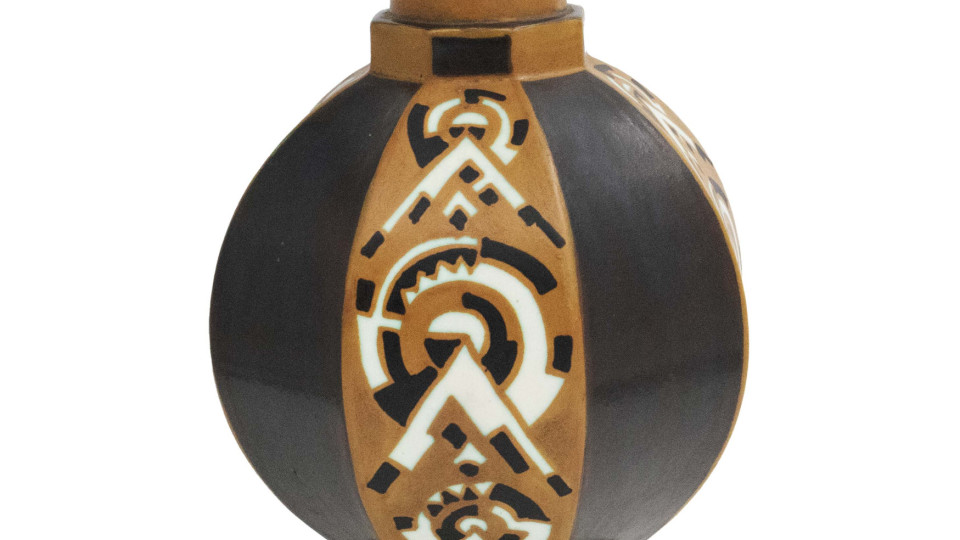
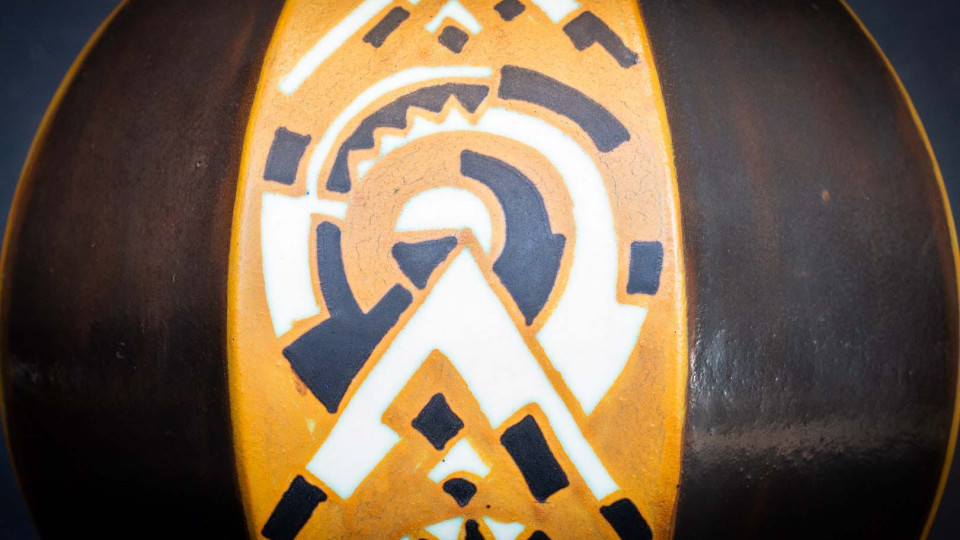
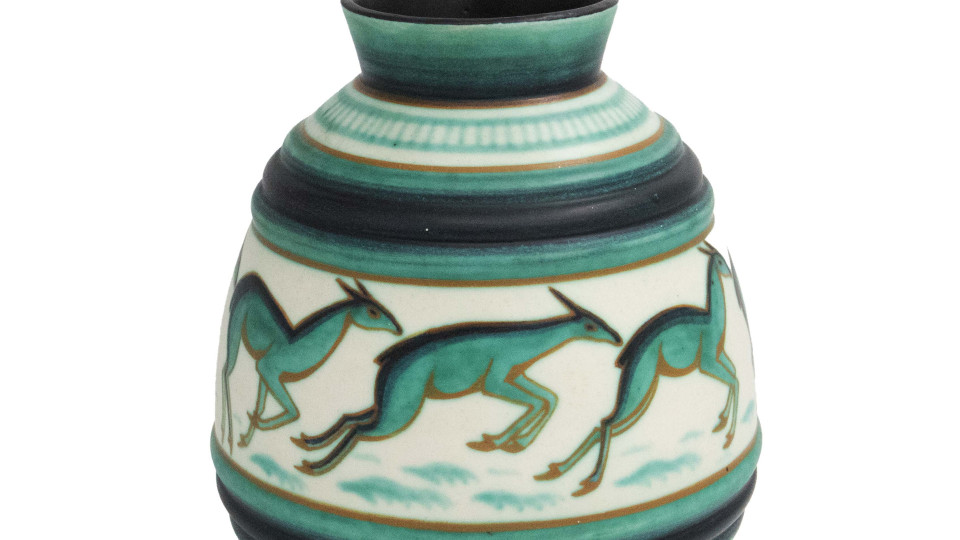
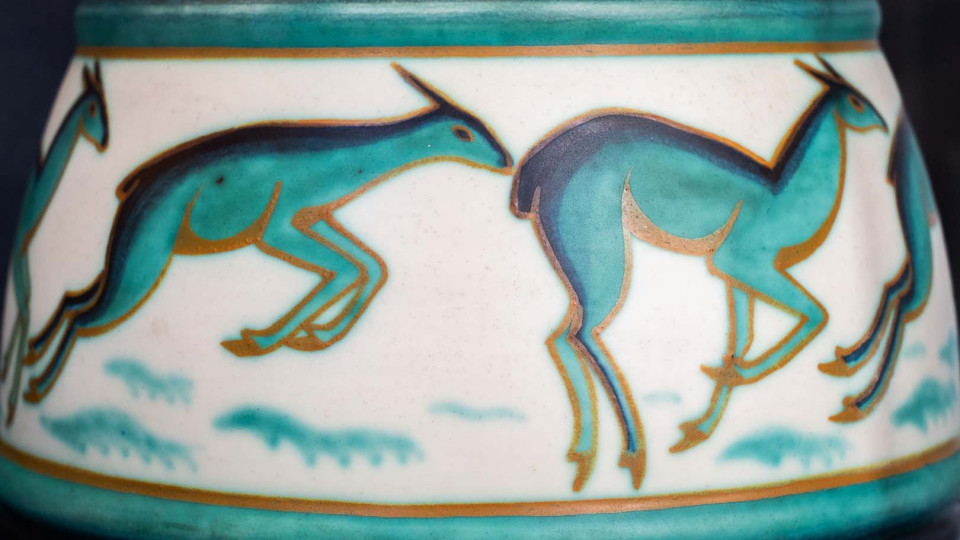
In the Grand Curtuis collections, a series of vases bears witness to the success story of the Keramis factory and its designer Charles Catteau (born in Douai, 1880 – died in Nice, 1966). Their collaboration began in 1906, when Catteau moved to La Louvière, to work as a designer and decorative painter for Boch Frères Keramis, one of the leading ceramics producers at the time in Belgium.
Innovations under Charles Catteau
The ceramics engineer soon became the head of the Atelier de Fantaisie workshop, which produced everything other than tableware and bathroom ceramics. Catteau’s arrival heralded a new boost in Keramis’ production: the shapes and decorations were still influenced by Art Nouveau but turned towards greater geometric styling in the inter-war period. The influences ranged from African art to the Cubist movement, as well as Japanese, Chinese, Egyptian and Ancient Greek art. Thanks to Catteau’s innovations in the composition of decorations, enamels, pastes and glazes, the factory soon produced Art Deco stoneware and fine earthenware on an industrial scale, but with quality and aesthetics worthy of handcrafted pieces.
From 1922, Boch Frères Keramis received orders from major Parisian department stores, including La Maîtrise (Galeries Lafayette), Pomone (Au Bon Marché) and Primavera (Le Printemps). Participation in the International Exhibition of Modern Decorative and Industrial Arts in Paris in 1925 (where Catteau obtained a gold medal) and the International Exhibition in Liège in 1930 were decisively important for the company.
During the 1930s, there was a change in demand for ceramic objects. The geometric style was gradually superseded by naturalism and more classic shapes returned. After 1935, Catteau reduced his activities, while remaining at the company’s disposal until he retired in 1946.
His work in three stages
Dating of vases often proves to be difficult (since dated items are rare), but the voluminous amount of preserved documentation (such as drawings, engravings, pouncing patterns and notes), as well as the numbering of various decorations makes it possible to define a design timeline. Such decorations were popular and the vases were often reproduced for periods of several years.
The fine earthenware vase with a fruit frieze and blue bands bears the decoration number D745, which was first made in 1923. The pure and simple oval shape (numbered F899) has a white background covered with a network of crack like decorations. Today, this decoration is one of the best known and Catteau explored many different ways of applying it harmoniously to objects of different shapes, such as vases, sweet boxes, bowls, etc.
The same cannot be said of the other two fine earthenware vases, with their rare decorations. On the one that is octagonally shaped, a resolutely modern but rarely used form at Keramis, the geometrical graphic decoration dates from 1929 (D1285, F1070) and is combined with an earthy colour range of matt enamels highlighted with green. The influence of abstraction is predominant. An identical specimen of this vase was on display at the International Exhibition in Liège in 1930, at the Droixhe site.
Cervidae are a popular motif in Art Deco. Roe deer (or fallow deer) appeared early on in Catteau’s repertoire and, due to their commercial success, were used on almost all the formats in the catalogue (plates, ashtrays, saucers, monumental vases, etc.), before being used in a variety of variants. These animals were most often depicted in bright blue enamels but this version in matt water green hues is unique and dates from much later; 1932, to be precise (D1553, F1193). This vase marks the beginning of the post-Art Deco period and a gradual return to a more naturalistic style, devoid of all contours. Nevertheless, the silhouettes are always simplified and dynamic in movement, evoking the various postures of an infinitely running deer.
Carmen Genten
Curator of the Decorative Arts Department / Grand Curtius.
Exhibition location
The artefacts are visible in the object of the month showcase in the entrance hall of the Grand Curtius Museum in Liège.
Bibliography
Allard Dominique (dir.), Catteau. Claire de Pauw Donation - Marcel Stal, King Bauduin Foundation, Brussels, 2001.
Marc Pairon (dir.), Art deco ceramics made in Belgium: Charles Catteau, Charles Catteau Foundation, Aartselaar, 2006.
Vase captions (from left to right)
Vase – Fine earthenware
Decoration dating from 1923
Grand Curtius Collection, Liège (inventory No. 91/4)
Donation by Madame Rossion, 1991
Octagonal vase – Fine earthenware
Decoration dating from 1929
Collection Grand Curtius, Liège (inventory No. 87/28)
Vase decorated with fallow deer - Fine earthenware
Decoration dating from 1932
Grand Curtius Collection, Liège (inventory No. 88/7)
For more information, please do not hesitate to consult our collections on the Liège Museums portal.